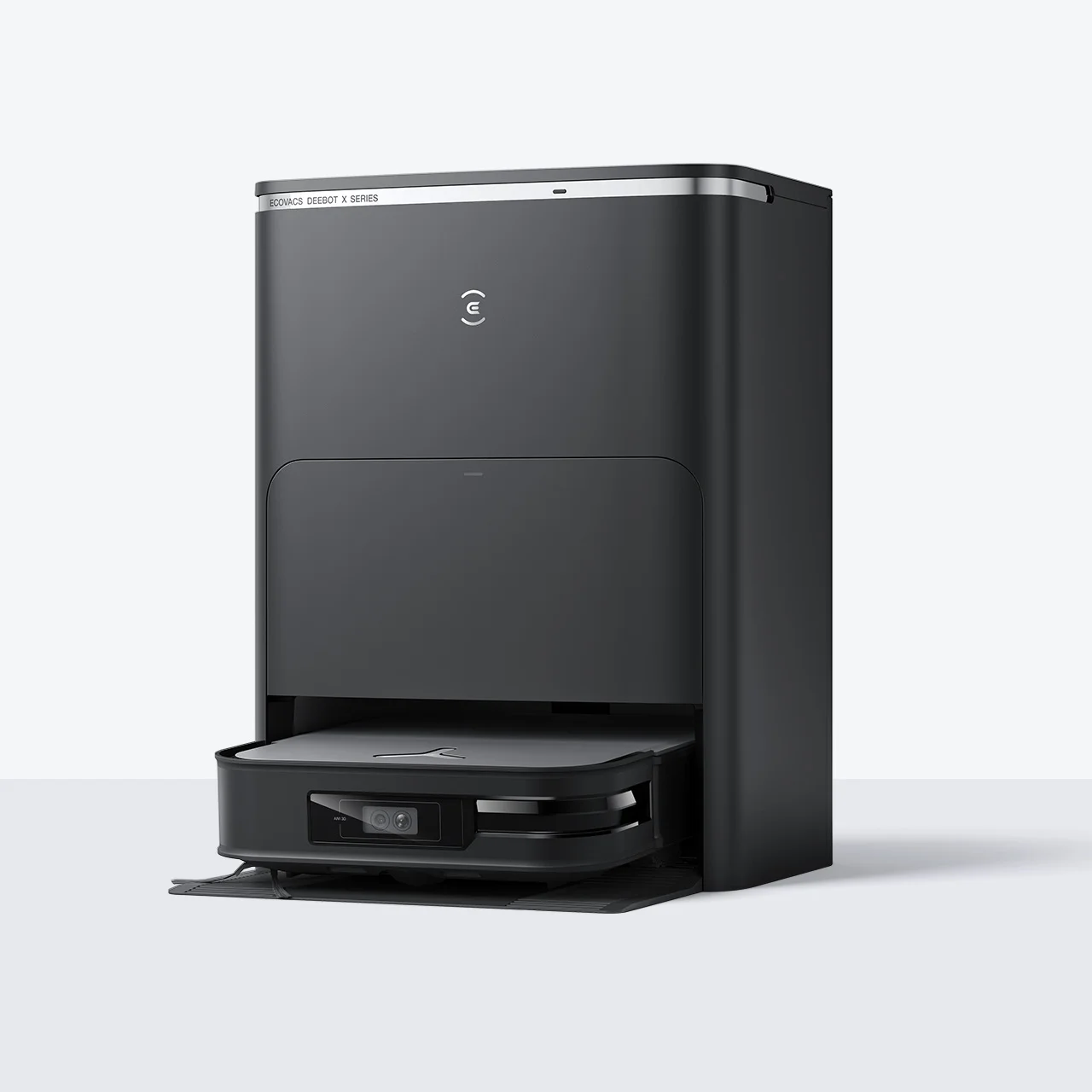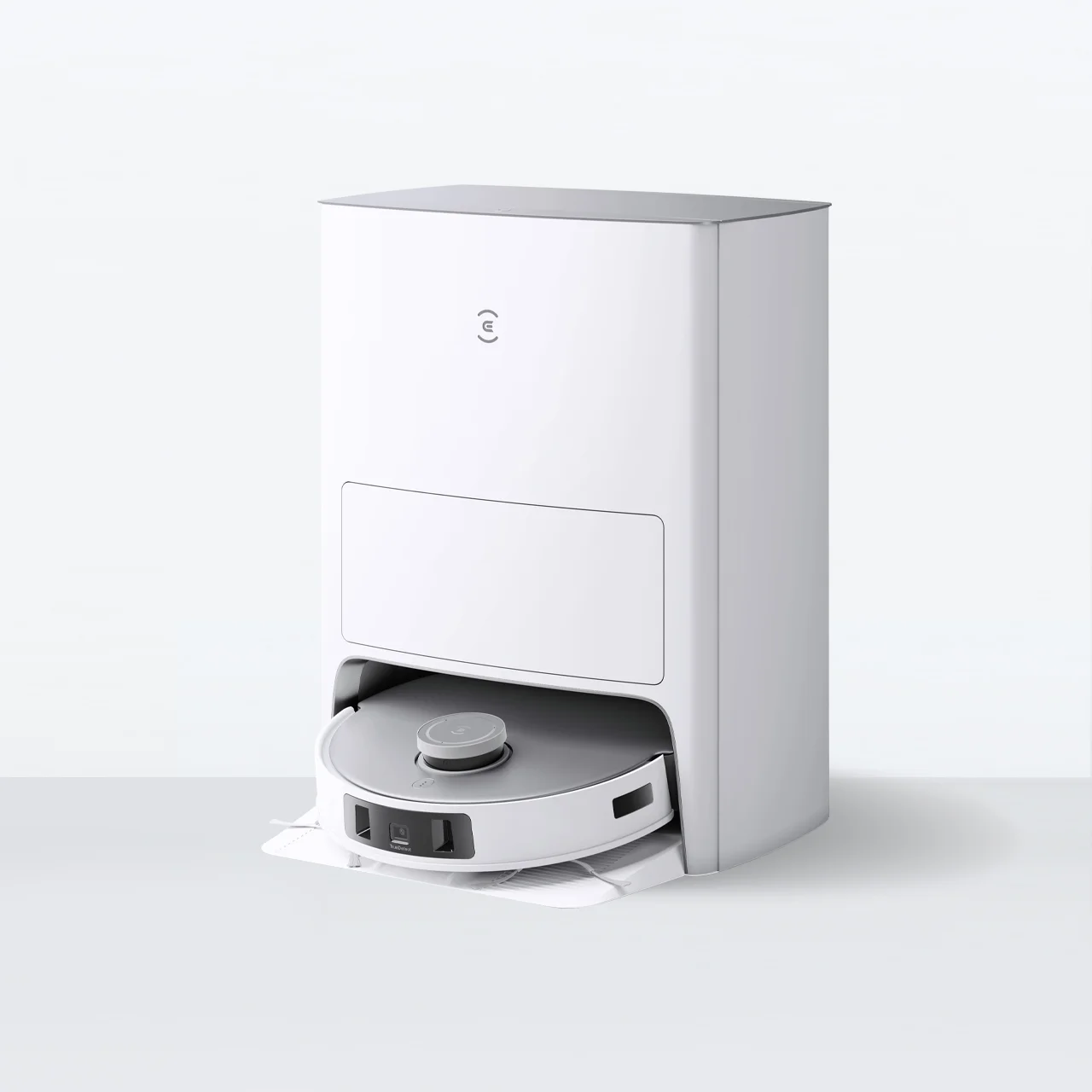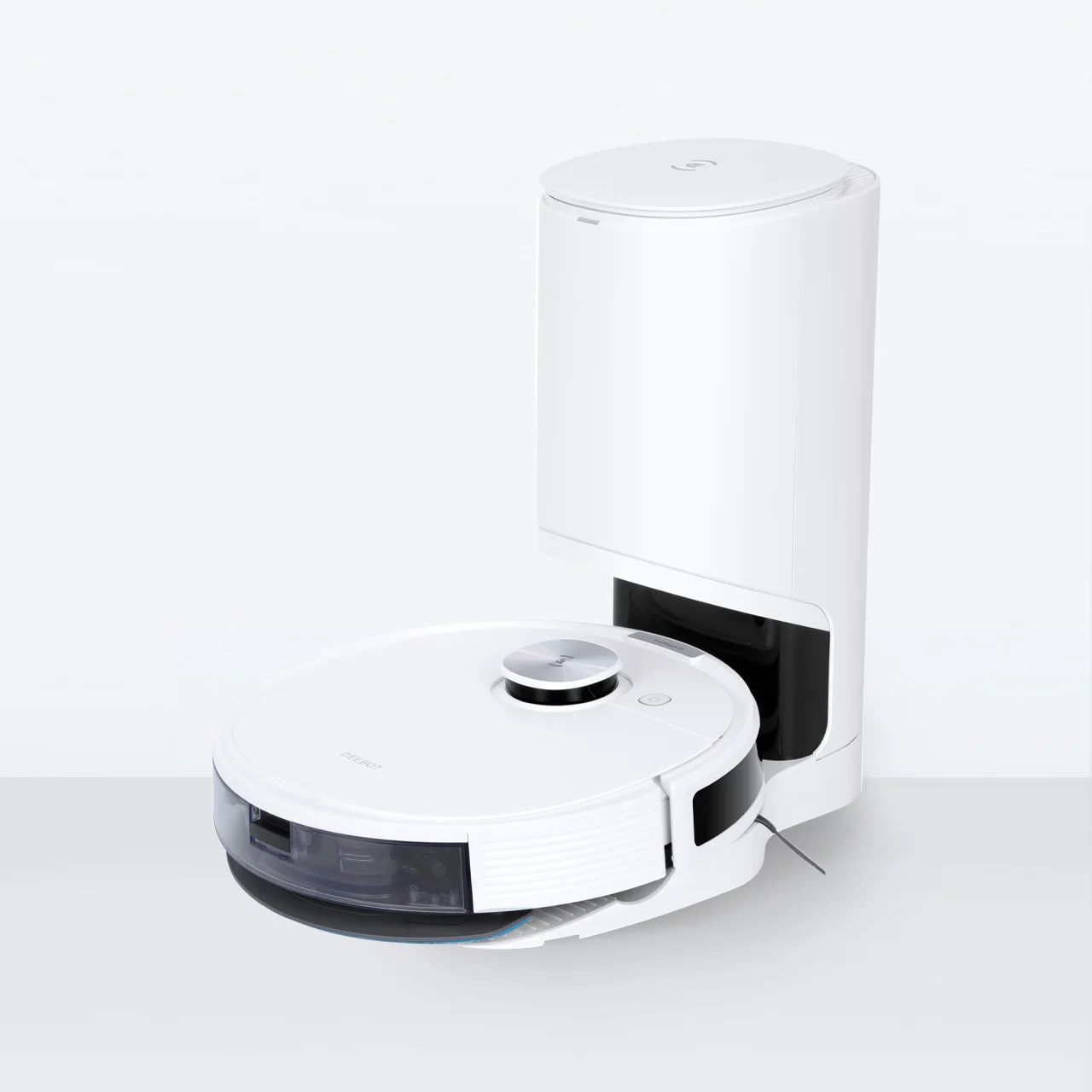
Advancements in technology help save time and increase efficiency by making a manual task automated. One example is using a robot vacuum cleaner to take care of routine household cleaning, a practice that is becoming more popular worldwide. According to Statista, 10% of households in the United States own a robot vacuum cleaner, and the market is growing. The country is seeing an increased demand for smart vacuum cleaners, as consumers seek convenient and efficient cleaning solutions for their households.
However, once electronic devices like robot vacuum cleaners no longer work, the question of how to dispose of them responsibly arises. The World Health Organization states that an estimated 53.6 million tonnes of e-waste was produced globally in 2019. It is, therefore, important to dispose of and recycle an automatic vacuum appropriately to ensure it does not pose a threat to the environment and to human health.
Can You Recycle a Robot Vacuum Cleaner?
Yes, you can recycle a robot vacuum cleaner as most components, including plastics, metals, and electronics, are recyclable. However, it's important to note that you should use a designated recycling facility where you can dispose of electronics, to ensure proper handling of potentially hazardous materials like batteries.
These facilities dismantle the device, safely manage any harmful substances, and recycle compatible materials. Always check with the local municipality and the robot vacuum manufacturer to know about specific programs, guidelines, and facilities near you.
Why Proper Disposal is Important?
A well-maintained robotic vacuum cleaner can last up to 4-6 years, but it is essential to know how to properly discard one when its lifespan cannot be extended. Robot floor cleaners contain electronic components like circuit boards and wiring that can be hazardous if not disposed of correctly. If you throw your old self-cleaning vacuum into a dumpster, it may be disposed of using open burning — a method that can release as many as 1,000 different chemical substances into the environment, according to the World Health Organization.
It is also not advisable for flammable components like lithium-ion batteries to be sent to landfills. Robot vacuum cleaners and their accessories also contain material such as rare metals, heavy metals in the sensors, and non-biodegradable plastics in the station, brushes, and filters — all of which need to be disposed of or recycled using environmentally sound techniques. This is why it is standard practice to send an old self-cleaning vacuum to a recycling centre equipped to handle electronics, and the batteries to a different facility that specialises in recycling them.
How To Dispose of a Robot Vacuum?
There are many ways you can discard your robotic vacuum cleaner that do not involve sending it to a landfill.
Give it away
If your automatic vacuum is in good condition, reach out to family members, neighbors, and friends to check if any of them are interested in taking your used appliance.
Donation
Get in touch with organizations that distribute pre-loved items to families or communities in need of household appliances. Follow all their specified guidelines to ensure that your automatic vacuum is safe for reuse.

Check resale options
Want to get rid of a self-cleaning vacuum in good order? Check if you can resell it online. In case you are upgrading your old cleaner, find out if you can trade it in and get a discount on a new one.
Recycle
When your robot vacuum cleaner has reached the end of its lifespan, it is critical to dispose of it responsibly. Find out where your closest waste management centre is and check whether they accept electronic devices and lithium-ion batteries. Once you find an appropriate recycling facility, prepare your device for recycling by following these steps:
● Ensure your robot vacuum is not connected to a power source.
● Check that the batteries are completely discharged.
● Unscrew the battery doors, then remove the batteries.
● Place clear, sticky tape on the terminals to prevent the batteries from sparking.
● Take the robot vacuum to an electronics recycling facility.
● Take the batteries to a battery-recycling centre.
Environmental Impact and Regulations
Incorrect disposal of e-waste, which includes home appliances like robot vacuum cleaners, can lead to the release of harmful toxins into the air, water and soil, which in turn can pose threats to human health and the environment.
Unlike paper, plastic and glass, e-waste cannot be placed in a recycling bin. It is also not safe to discard old self-cleaning vacuums in landfills as the plastic parts cannot be disposed of correctly at these sites. It is also vital for lithium-ion batteries to be sent to the right waste management centres as they can cause fires, especially if they have cracked or broken cases.

The United States’s federal regulatory body, the Environmental Protection Agency, provides guidelines for the proper disposal of e-waste — electronics that are nearing the end of their useful life, such as old robot vacuum cleaners. While there is no federal law in the US governing end-of-life electronics, several states have restrictions to ensure that specific environmentally harmful items do not find their way to landfills.
For instance, New York State legislation mandates that individuals and households are banned from sending electronic waste to solid or hazardous waste management facilities. California and Connecticut require white goods, which include self-cleaning vacuums, to be recycled.
ECOVACS’s Policy for Robot Vacuum Disposal and Recycling
ECOVACS, being a supplier of premium auto cleaning robot vacuums, makes the following recommendations when it comes to proper disposal of robot vacuum cleaners:
● Remove the appliance from the docking station, then turn off the power to the appliance and take the battery out before disposal of the robot vacuum.
● Once removed, the battery must be discarded according to local laws and regulations before disposal of the auto vacuum.
● Used batteries should be discarded in compliance with local laws and regulations.
It is vital to discard robot vacuum cleaners and their components in a responsible manner to ensure that there is no danger to the environment or to human health. As self-cleaning vacuums are considered e-waste, they cannot be placed in regular bins or landfills. Instead, the batteries should first be removed from the robotic vacuum, and then sent to a special waste management centre. The rest of the smart vacuum and its parts need to go to an appropriate recycling centre so that they can be reused in other appliances if they are in good working order or disposed of correctly if they are no longer fit for use.
Related Products









